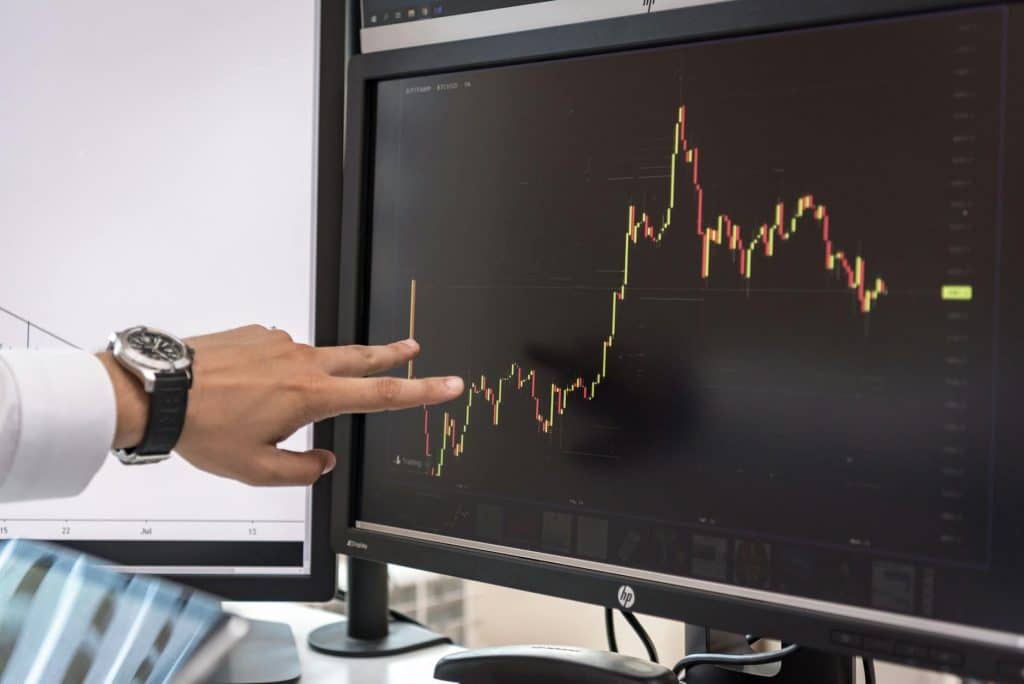Algorithmic Trading in Forex: An In-depth Explanation

Algorithmic trading in Forex, also known as automated trading or black-box trading, is a method of executing trades using pre-programmed trading instructions that account for variables like price, timing, and volume. This trading method uses complex formulas combined with mathematical models and human oversight. It’s a significant aspect of forex trading, given the forex market’s complexity, liquidity, and volatility.
Understanding
At its core, algorithmic trading involves using computer programs to execute trades. Traders and brokers use this method to reduce the cost of transactions and to take advantage of trading opportunities swiftly. The algorithms used can range from basic instructions to very complex trading strategies.
The algorithms are designed to make trading more efficient and to lower the cost of trading. For example, an algorithm could be programmed to break up a large trade into smaller trades to manage market impact and risk. Alternatively, an algorithm could be designed to execute trades at the best possible price, to avoid the price moving too much before the trade is complete.
Forex
The forex market, with its 24-hour accessibility, high liquidity, and significant volatility, makes it an ideal playground for algorithmic trading. Forex traders use algorithmic trading to manage the high frequency and the large volumes of trades daily.
The most commonly used forex algorithmic trading strategies include:
- Statistical Trading: This strategy is based on quantitative analysis of historical forex market data. It involves identifying profitable opportunities based on statistical patterns.
- High-Frequency Trading (HFT): This strategy uses powerful computers to transact a large number of orders in fractions of a second. It takes advantage of small price inefficiencies that can occur in the fraction of a second.
- Algorithmic Scalping: This strategy aims to achieve profits from small price changes in currency pairs. It requires a strict exit strategy as losses can quickly outweigh profits.
- Mean Reversion: This strategy is based on the concept that the high and low prices of currency are temporary and that the price tends to revert to its mean over time.
Benefits of Algorithmic Trading in Forex
- Speed and Accuracy: Computers can execute trades in a fraction of a second, far quicker than a human trader. They also eliminate the risk of human errors.
- Emotion-free Trading: Algorithms execute trades based on preset instructions, removing emotions from the equation, which can often negatively impact trading decisions.
- Backtesting Capabilities: Traders can test an algorithmic trading strategy using historical market data to see how it would have performed.
- Reduced Transaction Costs: As trades are executed more swiftly and accurately, the cost of trading is reduced.
Conclusion
Algorithmic trading plays a pivotal role in forex trading by enabling traders to execute trades quickly, accurately, and without emotional bias. It’s a powerful tool that, when used correctly, can lead to significant profits. However, it’s worth noting that algorithmic trading requires a deep understanding of the forex market and careful management of the algorithms involved. As the forex market continues to evolve, algorithmic trading is likely to become an increasingly central part of the landscape.

